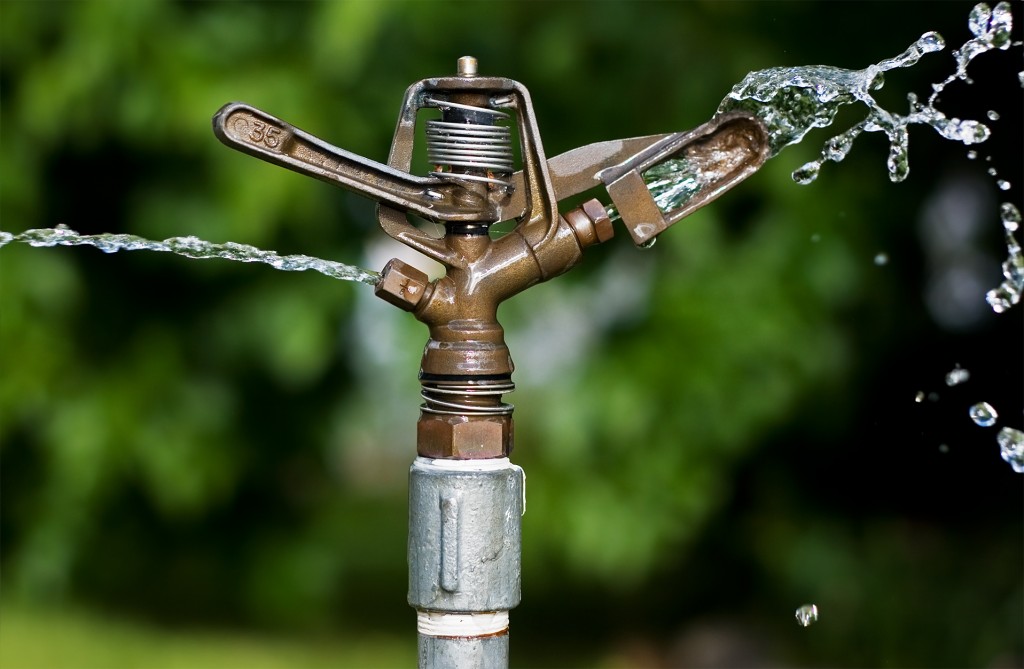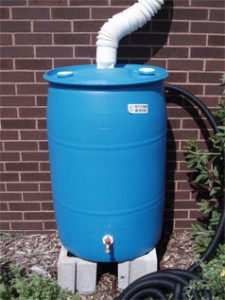Water Conservation
Use proper lawn watering techniques
Many people over water their lawns. Try to water your lawn only when it needs it. One easy way to tell if your lawn needs water is to simply walk across the grass. If you leave footprints, then it’s time to water. It also matters what time of day you water your lawn, garden, and/or flowers. Make the most of your watering by watering in the early morning or late in the evening. As much as 30 percent of water can be lost to evaporation by watering during midday.

Develop a drought resistant lawn
Set your lawn mower one notch higher to make your lawn more drought-tolerant. Plant appropriately for your local climate. Check with local nurseries for non-invasive, drought-tolerant plants. For more information on environmentally responsible lawn care, click here.
Install a Rain Barrel
The water saved in rain barrels can be used for watering flowers, gardens and lawns all through the summer, even in times of drought. Reduced water demand will lower your use of municipal water supplies, saving you money! To find out more information about rain barrels, click here. Bluegrass Greensource also hosts Rain Barrel Workshops throughout the year. Those workshops are list on our events calendar.


Check inside and outside your home for water leaks
Check your water meter before and after a two-hour period when no water is being used. If the meter changes at all, you probably have a leak. Also, regularly check your toilet, faucets, and pipes for leaks. Kentucky American Water offers leak detection information through their Leak Detection Guide or visit the Kentucky American Water website for more information. If you find a leak, have it fixed as soon as possible.
Save water when using appliances
Run dishwashers and clothes washers only when they are full. If you have a water-saver cycle, use it. Adjust the water level of your clothes washer so it matches your load size. If it’s time to replace one of your appliances, consider water (WaterSense®) and energy-efficient appliances (Energy Star). The USEPA reports that EPA-certified Energy Star washing machines may use 35% less water per load. Water-saving shower heads, toilets and faucet aerators can also help cut your water usage. Look for fixtures and appliances that are Watersense® certified. Products bearing the WaterSense® label:
- Perform as well or better than their less efficient counterparts.
- Are 20 percent more water efficient than average products in that category.
- Realize water savings on a national level.
- Provide measurable water savings results.
- Achieve water efficiency through several technology options.
- Are effectively differentiated by the WaterSense label.
- Obtain independent, third-party certification.